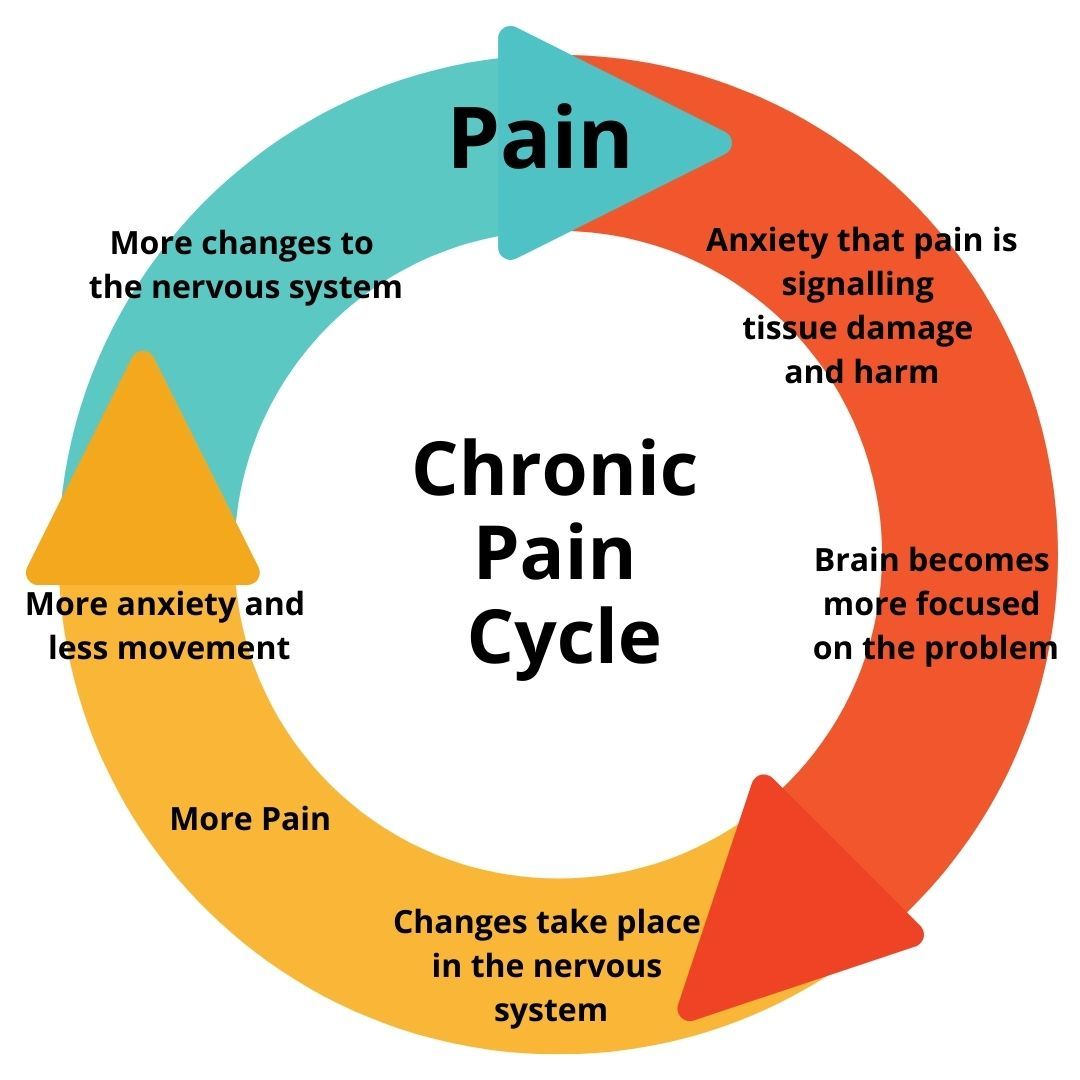Pain relief strategies has evolved significantly in recent years, shifting from traditional methods to increasingly innovative and holistic approaches. As we continue to learn about the complex nature of pain, the demand for complete pain management solutions and therapies is increasingly clear. Grasping the concept of pain management and the multiple available techniques can equip individuals experiencing both acute and chronic pain, which can lead to improved quality of life.
Various pain types demand tailored strategies for optimal relief, and modern therapies include a wide range of options. Ranging from physical rehabilitation and chiropractic services to developments in interventional therapies and regenerative treatments, there are countless routes to consider. Additionally, combining complementary therapies such as acupuncture and mindfulness practices underscores a forward-thinking method of pain therapy, emphasizing not just the physical aspects of pain but also the psychological and lifestyle components involved. By examining these cutting-edge approaches, we aim to highlight the complex nature of pain management and the bright future ahead.
Grasping Pain & Its Management
Discomfort is an complex and individual sensation, often depicted as an unpleasant sensory and emotional response to actual or possible cellular injury. Understanding pain involves identifying its two primary types: sharp and persistent. Acute pain, typically a immediate reaction to injury or illness, is temporary and usually resolves with therapy. In contrast, chronic discomfort continues for an extended after the first harm has recovered, often becoming a complicated condition influenced by bodily, mental, and societal factors. This separation is essential in determining the appropriate discomfort treatment approaches.
Efficient pain management consists of a broad array of treatments customized to specific needs. A comprehensive approach includes not only pharmaceuticals but also physical interventions, psychological assistance, and alternative options. Pain management centers are vital resources, equipped to create tailored care programs that may entail invasive methods, life adjustments, and complementary treatments. By tackling the multifaceted aspects of pain, these clinics aim to improve overall quality of life for individuals.
In modern years, progress in grasping the science behind pain have culminated in novel treatment options. Research into the pain routes and mechanisms has promoted the creation of focused therapies such as regenerative therapy, neurological interferences, and nerve modulation techniques. Additionally, the investigation of alternative treatments, including acupressure and mindfulness practices, showcases a transition towards more holistic strategies in pain control. This transformation emphasizes empowering patients to take an engaged role in their healing process, improving their ability to control discomfort successfully.
Innovative Treatments and Interventions
In the area of pain management, advanced therapies are emerging that offer fresh possibilities for individuals suffering from multiple types of discomfort. One such advancement is the use of nerve stimulation methods, which involve engaging specific nerves to modify pain experience and response. Tools such as spinal cord stimulators and peripheral nerve stimulators provide individuals with personalized pain management solutions that can greatly improve their well-being. These devices combine sophisticated technology with a deep comprehension of pain pathways, allowing for precision treatments that adapt to the individual's needs.
Another revolutionary approach is the application of regenerative therapies like stem cell therapy and PRP therapy. These interventions focus on restoring injured tissues and reducing inflammation, which can relieve both sudden and persistent discomfort. By leveraging the body's innate healing abilities, these treatments provide an alternative to standard pain management techniques, offering the potential for enduring relief without the dependency on pharmaceuticals. This natural approach is increasingly inviting to individuals seeking less risky options for pain management.
Furthermore, complimentary treatments such as needling techniques and mindfulness-based practices have become popular due to their holistic methodology to pain management. go to my blog involves inserting fine needles into specific areas on the body to activate the body's nerve system, which can result in the release of neurotransmitters and other analgesics. Similarly, mindfulness practices help individuals develop greater consciousness of their pain feelings, furnishing them with the skills to cope with pain efficiently. Together, these groundbreaking approaches highlight the progress of pain management, focusing on personalized care and adaptable treatment modalities.
Lifestyle and Whole-Person Methods to Pain Management
Combining lifestyle changes and whole-person approaches into pain management can markedly enhance one’s quality of life. Regular physical activity is essential, as it not just strengthens muscle strength and improves agility but also releases endorphins, which are natural pain relievers. Exercises like walking, dipping, and cycling can be tailored to individual ability levels, guaranteeing they are simultaneously safe and effective. Additionally, adding foods that reduce inflammation into the diet, such as fresh produce, vegetables, nuts, and oily fish, can help lessen inflammation and mitigate symptoms of chronic pain.
Being present and relaxation techniques play a crucial role in controlling pain perception. Practices such as thoughtful silence, deep breathing exercises, and yoga not only reduce stress but also assist individuals become more aware of their physical state and pain signals. Engaging in mindfulness can lower anxiety levels, which are often linked to heightened pain awareness. Yoga, in particular, offers the twofold benefit of gentle physical exercise while promoting relaxation and deeper mental focus, making it a strong tool for those dealing with ongoing pain.

In conclusion, maintaining a good sleep routine remains critical for relieving pain. Poor sleep quality can intensify pain and form a harmful loop of pain and inability to sleep. Creating a consistent sleep schedule, designing a calm environment, and avoiding stimulants before bed can encourage improved sleep. Focusing on healing activities like gentle stretching or warm baths in the evening can further prepare the physical self for rest, leading to improved recovery and reduced pain levels during the day.
